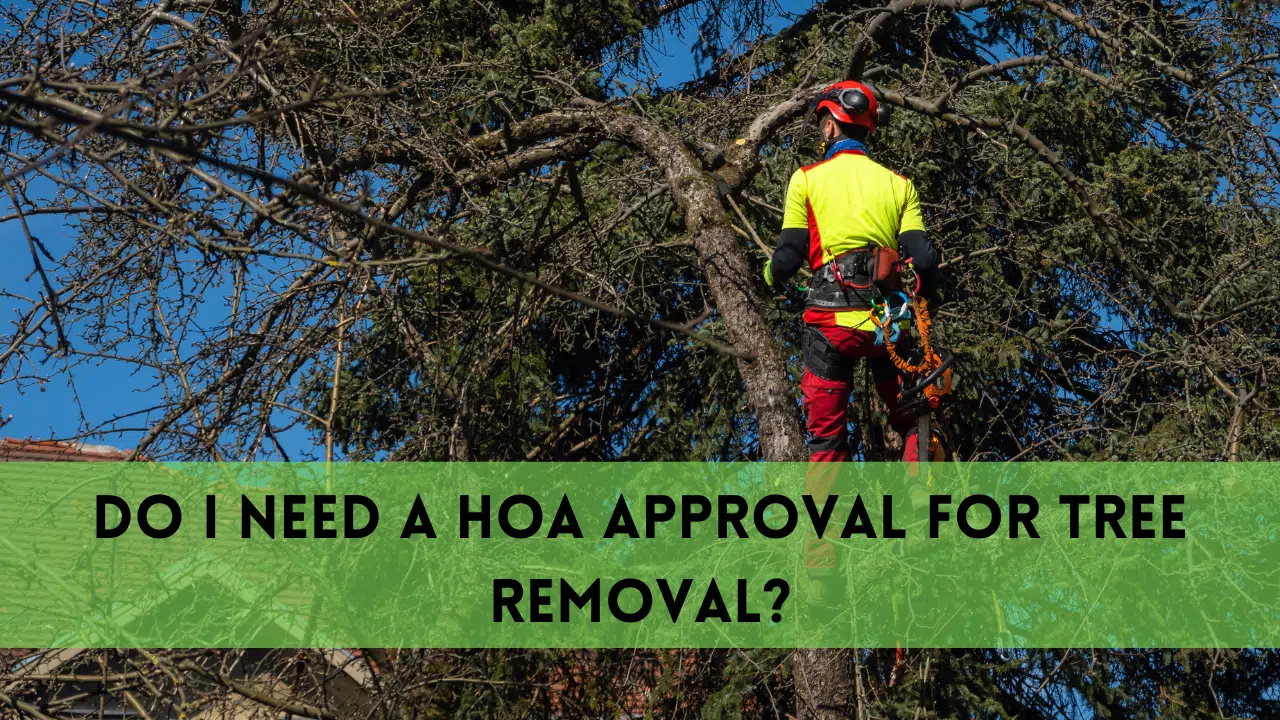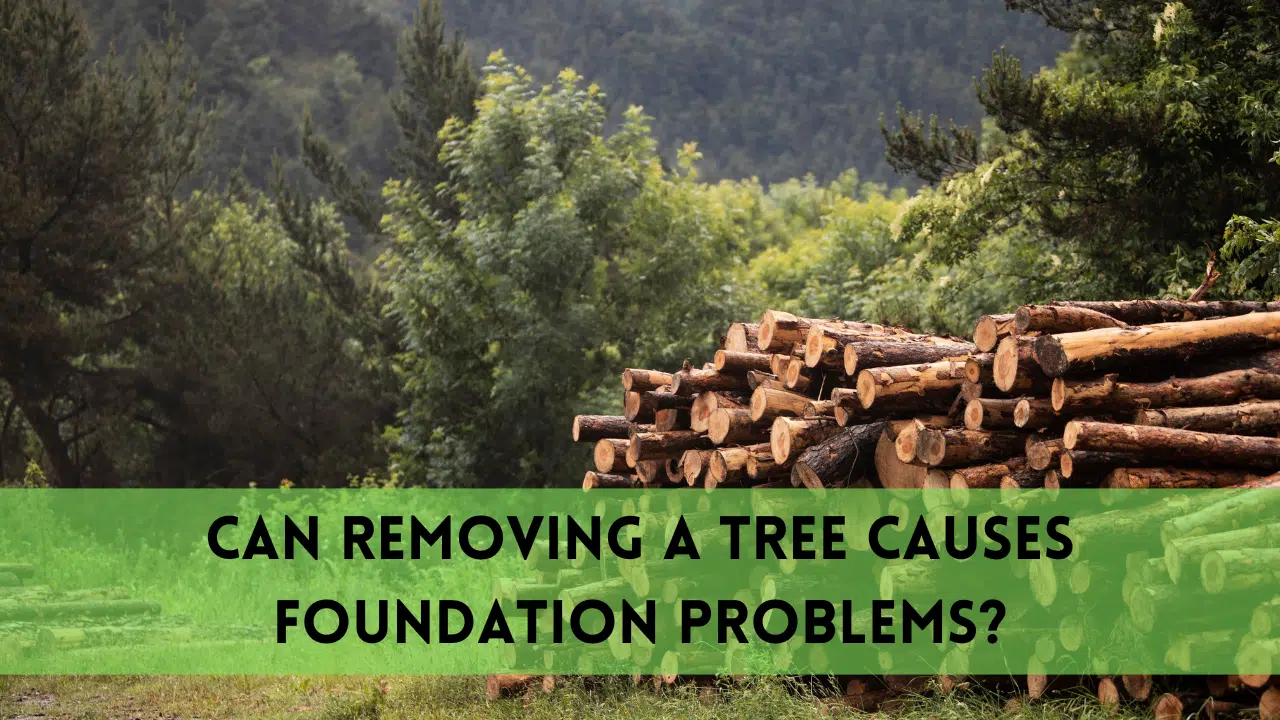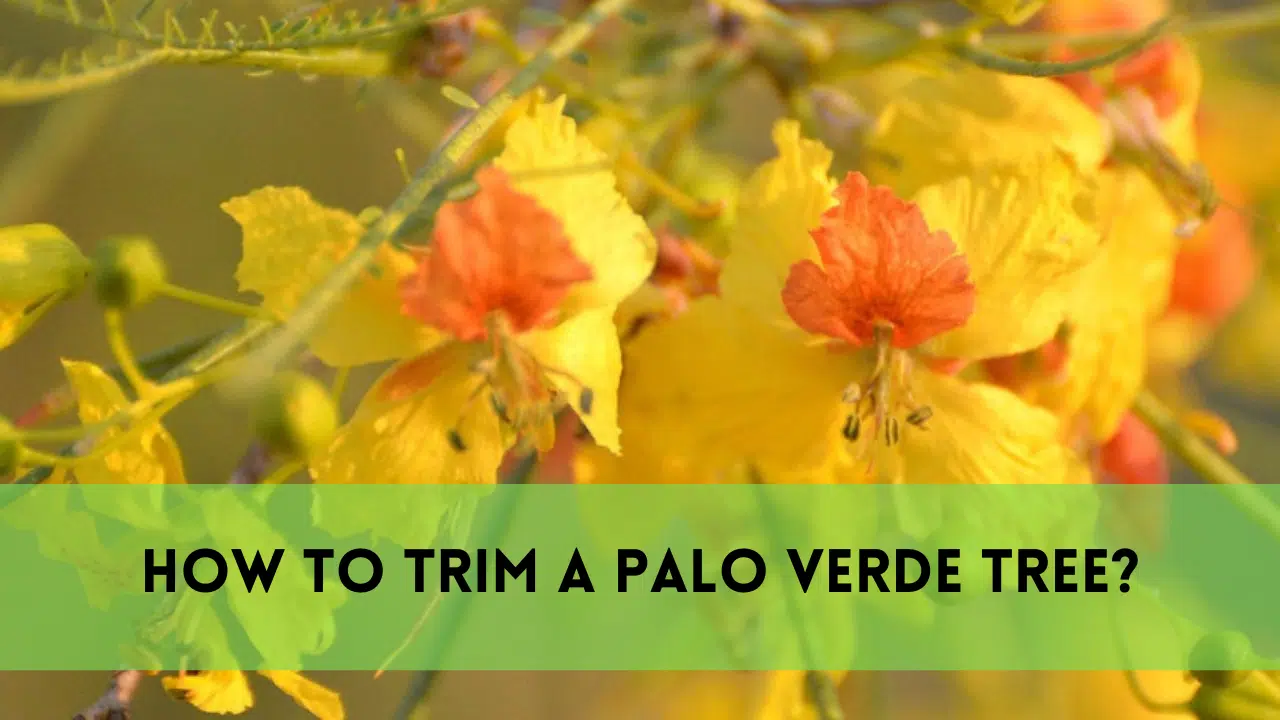It may seem impossible to cut down a palm tree, but the right method can make it a simple and safe process. Knowing how to properly cut down a palm tree is important, whether your tree is diseased or a danger, or is simply blocking a landscape design.
This guide will walk you through the entire process to ensure safety, effectiveness and minimal impact on the environment.
Cut Down a Palm Tree: Understanding the Challenges
Palm trees differ from other trees because of their fibrous trunks and towering heights. They can also fall dangerous debris. They are difficult to cut because of their structure, and require specific techniques to avoid accidents or property damage.
It is important to assess the size and condition of the palm tree before you begin. An unstable palm tree that is leaning or decaying may require extra care.
Prepare for Palm Tree Removal
The preparation is the key to safely cut down a palm tree. Check local regulations as in some places, permits are required before large trees can be removed. Make sure there are no buildings or power lines in the area where trees will fall.
To avoid collateral damage, it is important to plan carefully to cut down a palm tree in residential areas. Assemble the tools you will need, such as a chainsaw and safety harness. Also, wear protective eyewear and gloves. A safety assistant is also helpful.
Determine the Best Direction for The Tree to Fall
Palm trees are different from other trees in that their interior is relatively soft. This affects how they fall. The lean and the wind conditions of the palm tree will determine which direction is the safest for it to fall.
Cutting the tree in sections is a good option if space is an issue. If the tree begins to fall, you will be safer if you have marked a clear path of escape.
Making the First Cuts
It is important to direct the fall by making the first cut. This cut is called the notch. Position yourself to the side of the tree where it should fall.
Make a 70-degree downward cut about a quarter way into the trunk. Make a horizontal cut that meets the notch, creating a wedge. This notch guides the tree’s falling, making it more predictable.
Felling Cut
The final cut to bring down the tree is called the felling cut. Make a horizontal cut just above the bottom of notch while standing on the other side.
Be ready to quickly move to the designated escape zone as you make your cut. Step away as soon as the tree starts to fall to avoid any sudden movements.
Sectioning the Palm Tree
To cut down a palm tree in sections can be a safer option for tight spaces. The tree is climbed with a harness, and sections are carefully cut from the top.
This method prevents uncontrolled, large falls that can damage nearby structures. To minimize the risk, each section should be lowered using a rope.
How to Deal with Palm Tree Stumps
The stump left behind after you cut down a palm tree can become an obstacle. Grinding, chemical treatments or natural decomposition are all options for removing a stump. If time is of no concern, a stump grinder will be the fastest way to remove the stump.
However, if you don’t have a lot of time, applying high-nitrogen fertiliser can accelerate the decomposition. If you want to accelerate the decay process without using heavy equipment, filling holes with potassium nitrate and drilling them in can be an option.
How to Dispose of Palm Tree Debris
Due to their volume and weight, palm tree debris can pose a challenge to remove. A local waste management or tree service can assist with the proper disposal.
Some communities offer green waste recycling programs which accept palm trunks and fronds. The wood of a palm tree that is not infected can be used as mulch or for landscaping.
Safety Throughout the Process
To cut down a palm tree, safety should always come first. The risks can be reduced by wearing protective gear, using stable techniques of cutting, and having a nearby assistant.
Hiring a professional arborist can be the best solution if the tree is extremely tall or is located in a restricted space. They are equipped with the knowledge and equipment necessary to safely cut down a palm tree without causing damage to surrounding property.
When Should You Call a Professional
Some homeowners feel comfortable removing palm trees themselves, but there are other times when it is safer to hire a professional. A licensed arborist will be able to remove the tree with little risk if it is dangerously close to the house, has internal decay or leans dangerously.
Professional tree removal services are equipped with specialized equipment, insurance and the experience to handle difficult removals.
FAQs
Is it possible to cut down a palm tree without a permit
In some areas, a permit is required to cut down large trees. Before proceeding, check with your local municipality.
When is the best season to cut down a palm tree?
It is best to do this during the dry seasons when the ground is stable and the surrounding area is less likely to be damaged.
What is the time required to remove a Palm tree?
The removal process can last anywhere between a few hours and a whole day, depending on the size of the house.
Can a chainsaw be used to cut down a palm tree?
If you do, make sure the chainsaw has enough power and sharpness to cut through the palm trunk’s fibrous texture.
How can I prevent palm trees from regrowing after they have been cut down?
Regrowth can be prevented by using a stump killer, or by removing the root system.
Conclusion
To safely cut down a Palm tree, you need to plan carefully, use the right tools and be very focused on safety. Following the correct steps will ensure a successful and smooth process, whether you are removing the palm tree for aesthetic purposes, safety concerns or property improvements.
It’s always best to call in professionals if the job appears too dangerous. This will protect you and your property.




